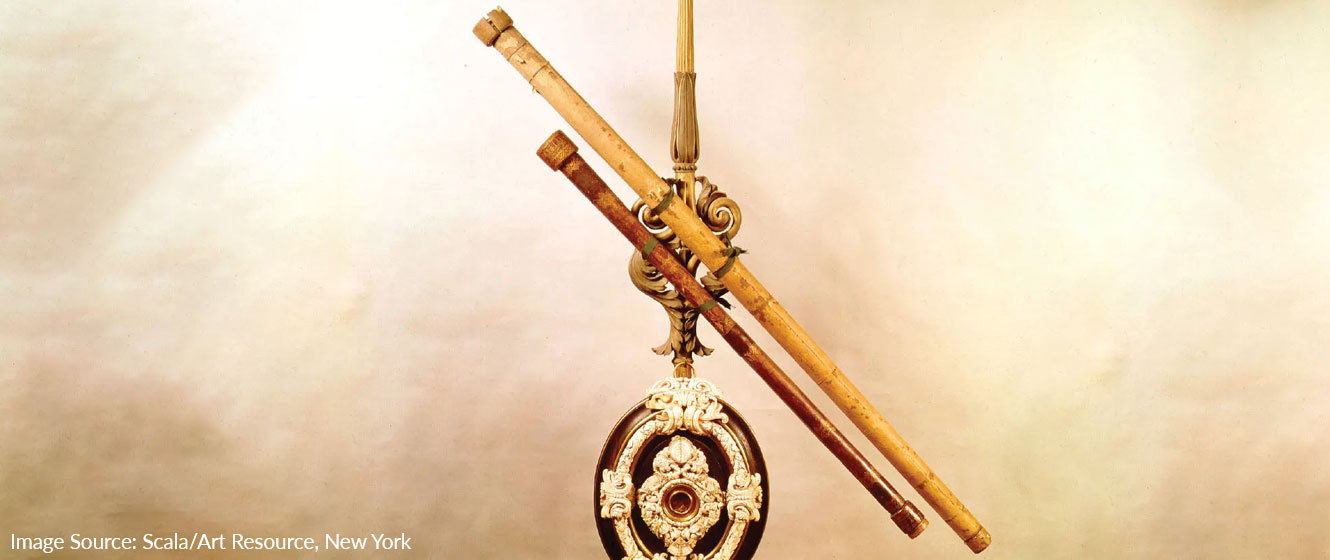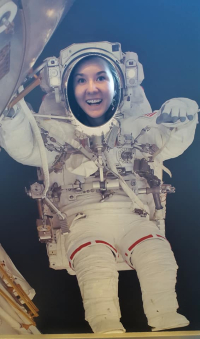
The number of inventions that have changed the world is staggering, but one, in particular, has been able to change our view of the world—literally. When humans had nothing but their eyes to use as stargazing tools, questions abounded. What are the stars? Where are we in the universe? What else is out there? What do the other planets look like?
So many questions about the universe we live in, and our place in it, have been answered thanks to one relatively simple invention that we’ve improved and learned to use more effectively over the years. Given its importance, who should we be thanking for giving us the telescope? Spoiler alert: it’s not Galileo.

It Wasn’t Galileo
When we think of influential early astronomers, many of us immediately think of Galileo, and that admiration isn’t misplaced. He pursued astronomy with a passion rarely seen and made a number of incredible discoveries. He did much of this using a telescope, and perhaps due to his well-known use of this tool he has often been credited with its discovery. While that isn’t the case, he’s still an important figure in the history of telescopes and deserves the pedestal he’s often put on. This is for two key reasons: first, while he didn’t invent the telescope, he did make one of his own devising, and second, he was the first person to point one towards the sky.
Early Prototypes
As with many significant discoveries of the past, there’s a bit of debate over who was the first to invent the telescope. Three names often come up, though: Hans Lippershey, Zacharias Jansen, and Jacob Metius. All three men were Dutch eyeglass makers, and all three appear to have some claim to the title of inventor. Lippershey is the one who is primarily given credit, however, due to the fact that he was the first to apply for a patent on his design. Metius applied for a patent just weeks after Lippershey, and as a result, neither man was given a patent. In the end, though, Metius was given a reward for his invention, while Lippershey was paid to make many more. Jansen’s name comes up in this tale because some have speculated that Lippershey stole his design from Jansen, but it’s almost impossible to verify at this point.
In any case, while Lippershey was recreating his design which could magnify objects up to three times, word got around to Galileo in Italy about the Dutch glass. He quickly set out to make his own and to say that he succeeded would be an understatement. Not only was he able to recreate, without seeing one for himself, the early Dutch telescope, but he also vastly improved it. His finished design could magnify objects 20 times, and with it, Galileo saw craters on the moon, the rings around Saturn, and four of Jupiter’s moons, as well as secured himself a position as a lecturer at the University of Padua.
Galileo’s incredible observations eventually led to an inquisition and later house arrest as he became more and more convinced of the accurate sun-centered model of the solar system that was considered blasphemy. Even so, he continued to work, and others in Europe continued to improve the tool that would lead to so many more discoveries.

Reflecting and Refracting
There are many different versions of telescopes out there today, but they follow two dominant designs that were invented by two of history’s greatest scientists: Johannes Kepler and Issac Newton. As you may have guessed, Newton came up with the Newtonian telescope, which is a reflecting telescope that uses mirrors instead of lenses and is, in many circumstances, a superior design. Newton devised his telescope in 1668 after looking over the design of Kepler, who had made a refracting telescope in 1611 that used convex lenses which flipped incoming images upside down. Kepler had improved upon Galileo’s telescope design, which used concave lenses.
While we have, naturally, made adjustments and modern improvements to telescopes over the years, not to mention scaled them up to incredible sizes and even sent them into orbit, these two designs have remained the gold standard.

No matter who you want to give credit to, there’s no doubt that the contributions of many have brought astronomy to where it is today. Without the original inventors, Galileo’s improvements, and the designs of Kepler and Newton, astronomy might not be as far along as it is now. World-changing ideas don’t come around very often, and every time we set up our telescopes, we should remember how lucky we are to have landed at a time in history when the key to seeing far beyond our world can sit in our very own backyard.

Learn More
Interested in learning more about telescopes? Not sure where to begin? Check out our Astronomy Hub!
This Article was Last Updated on 08/15/2023












